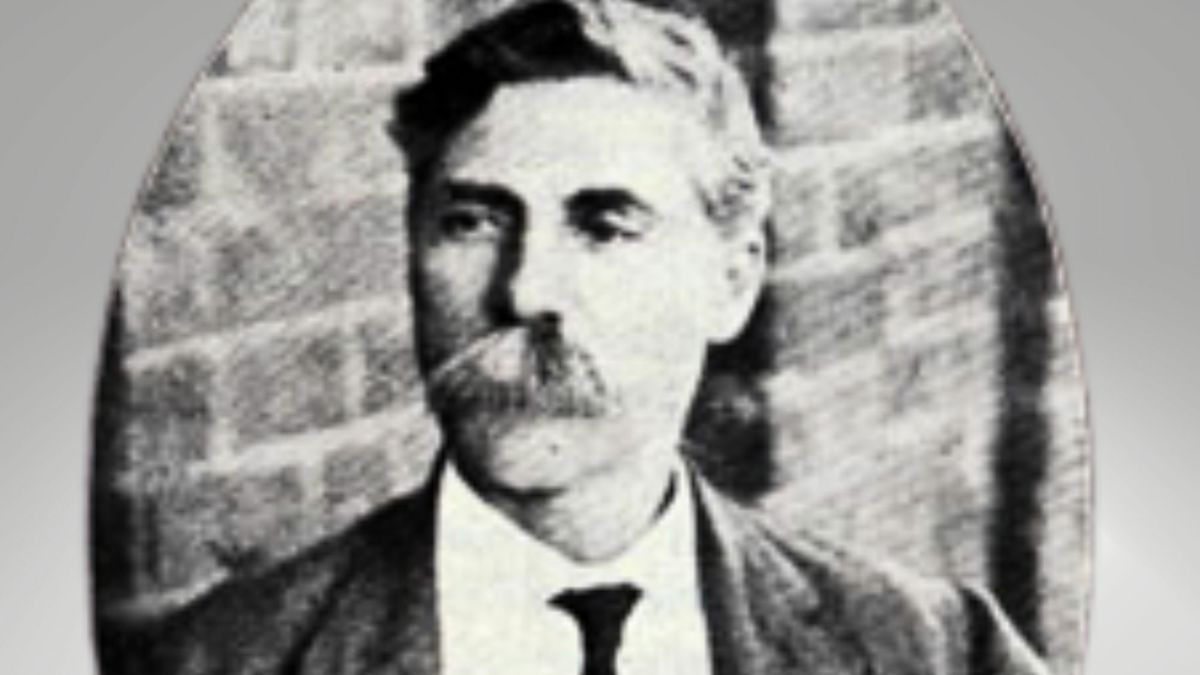Virginia Tech Shooting- A Case Study, Part 1

Background Information on Sueng-Hui Cho (Virginia Tech Shooter)
The events of April 16, 2007 will forever go down as one of the most tragic days in civilian United States history. After years of instability, Virginia Tech student Sueng-Hui Cho took 32 precious souls into eternity with him in a fit of rage and premeditated fury.
Although the events themselves are tragic, it provides a pattern for which helping professionals, educational administration and law enforcement can use to deal with future situations, and has provided examples of how campuses should and should not handle crisis situations. Not only has the campus of Virginia Tech come out stronger because of the incidents, but the awareness of untreated mental health issues, the importance of sharing information between different sectors, improved communication, and the importance of emergency preparedness have helped ensure the safety of students in the future.
Cho’s family emigrated from South Korea, where his family shared a three-room basement, when he was eight years old. He was described as a quiet, almost mute-child and even his mother considered that he might be autistic, due to his lack of social skills. Throughout his school career he was taunted and bullied, many students alleged that he had a “hit list” of students he wanted to kill, reports Sue, Sue, and Sue (2010) in the book “Understanding Abnormal Behavior” (p. 4).
Even his family noted that there was something not right about Cho. He seldom made eye contact, and used short one-word replies to questions. While it is likely that he was bullied at school, the Virginia Tech Review Panel (VTRP) notes that even Cho’s school counselor could neither confirm nor deny the existence or extent of the bullying (p. 37). Cho began weekly counseling sessions at a mental health center, which he deemed as unnecessary, claiming that there was “nothing wrong” with him (VTRP, p. 37). He voluntarily discontinued the counseling shortly before his 18th birthday, much to the dismay of his parents (VTRP, p. 37).
View Cho's video confessional (that he sent to NBC news) at the bottom of this article.
According to the VTRP, in the fall of 2005 professors began noting unusual and violent content in Cho’s writing assignments, as well as inappropriate behavior, such as taking pictures of classmates while holding camera under a desk (p. 22). Despite the fact that one teacher reported Cho to the dean’s office, student affairs and campus security, all bodies informed the teacher that since Cho hadn’t made any threats to her nothing could be done (Sue, et al., p. 7).
Cho’s unusual behavior, lack of socialism, and lack of cooperation with faculty members indicate an underlying problem was going on with him mentally and emotionally. Despite the fact that there are two documented cases of Cho allegedly stalking girls on campus, reprimands from security and a second violation, the school did nothing to try to help Cho or prevent him from harming others in the future.
Reference Book
Due in part to privacy laws, mental health issues do not necessarily have to be reported to institutions, although the VTRP implies that this is something for future consideration. (VTRP, p. 39) It is fair to speculate that if Cho’s high school counseling records had been sent to Virginia Tech there may have been more attention paid to reported incidents, especially concerning complaints from staff and students about Cho’s unusual behavior.
By December 13, 2006, Cho was labeled “an imminent danger to self or others” by the New River Valley Community Services Board (VTRP, p. 23). Although due to privacy laws, the general public will never know precisely know the diagnosis of Cho’s evaluation, it is clear than a magistrate let him go with the condition that Cho seek further treatment with a counselor with outpatient treatment. Cho never complied (Sue, et al., p. 4) and no one followed up with him to require the outpatient treatment. Cho once again slipped through the cracks.
Books on Virginia Tech Shooting
Despite the off-campus mental health stay, and the court-mandated outpatient care, it appears that no reports were filed to the school, nor records made to his police record, which may have prevented Cho from purchasing guns later used in the shooting attacks. Shockingly, even Cho’s parents were not aware that he had been briefly committed to St. Alban’s Hospital in the fall of 2005 (VTRP, p. 49).
In hindsight, there may have been many ways to prevent the tragedies of April 16, 2007. Better communication between law enforcement, the mental health community, the family and the college may have enabled better treatment for Seung-Hui Cho, although ultimately “the system” can’t be blamed for the issue. While Seung-Hui Cho may have been mentally ill, he is still responsible for his actions and society cannot necessarily point the blame entirely on another individual, body or institution.
REFERENCES
Sue, D. Sue, D.W., & Sue, S. (2010) Understanding abnormal behavior. Boston, MA: Cengage Learning.
Virginia Tech Review Panel. (2007) Mass Shootings at Virginia Tech. Retrieved from http://www.washingtonpost.com/wp-srv/metro/documents/vatechreport.pdf










